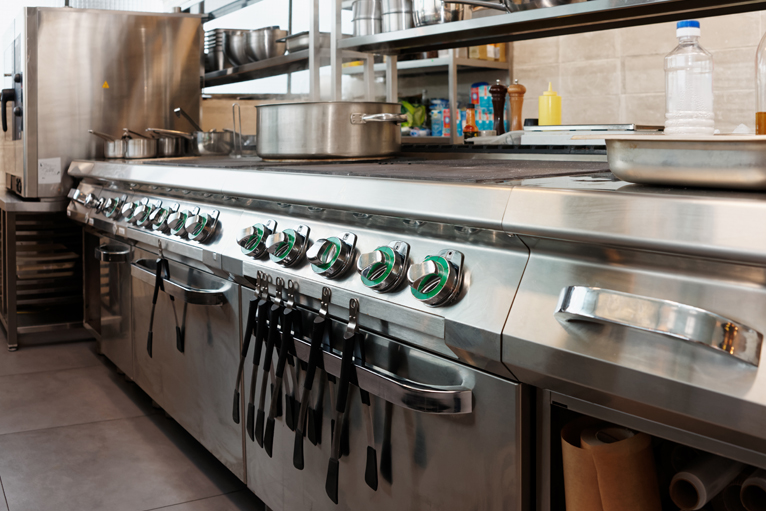Commercial cooking equipment makes and models are important for preliminary engineering
Outdated methods of ventilation design categorized commercial cooking equipment (appliances) into different classes; light, medium, heavy-duty and extra heavy duty (solid fuel). The average exhaust rates were established for each category based on rules of thumb, cfm per foot of hood. With the advent of U.L. 710 test, this morphed into minimum exhaust per surface temperature (400° F (204°C), 600°F (315°C) and 700°F (371°C) (solid fuel). The fire safety test established for reasons for the removal of visible cooking vapors. Most importantly, the intent was not to establish design airflow rates, but exhaust minimums for specific cooking duty. This information falls short to determine the actual “load” generated by the commercial cooking equipment.
Load can be defined as the energy released by the commercial cooking equipment. It comes to space in several forms. There is the radiated load (think of the sun’s rays), it is a form of electromagnetic radiation and cannot be exhausted. The placement supply air can offset the impact of the radiated load. The energy consumed by the appliance heating elements (gas, electric or solid fuel), energy into the food product being cooked and energy release to the air along with grease and smoke.
Therefore, knowing the commercial cooking equipment make and model will allow for an accurate calculation of the exhaust required to remove the convective load (heat transferred to the air) by determining; the connected power of the appliance (kW, mbh), type of appliance, distance of appliance cooking surface to the hood and the efficiency of the exhaust hood. This is known as heat load based design, it provides a very accurate determination of the exhaust required to remove the generated load by the appliance. In addition, provide the engineer with a calculation on radiated load to space.

